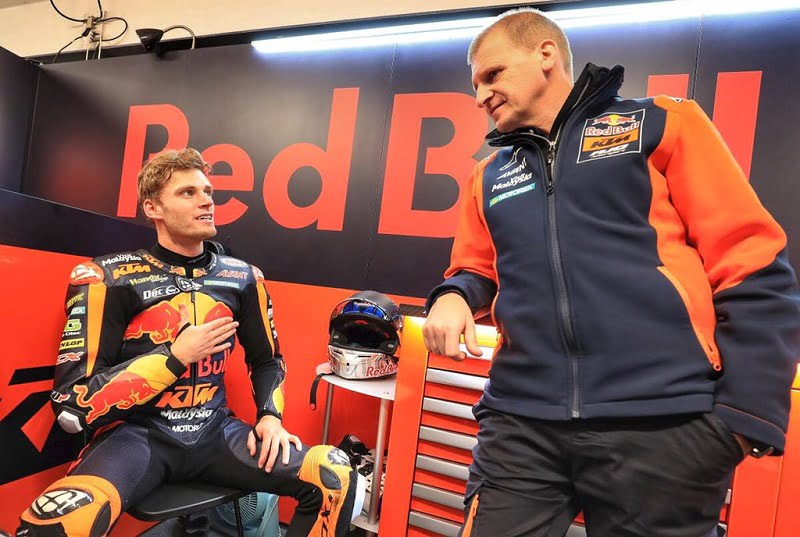On the wall of his office, Aki has fixed a photo where two pilots from his team at the time, Johann zarco et Brad Binder, celebrated the 2016 World Champion titles, respectively in Moto2 and Moto3, with Marc Márquez, the World Champion of that season in the MotoGP category. Márquez had previously won his first World Champion title in the Ajo team in 125 cc.
“Márquez is a big star, and Spain is an important country for motorcycling. It is there that there are the best national races in the world. THE Junior World Championship takes place mainly in Spain", Ajo explained. In Spain, he financially supports the young Finn Rico Salmela, 12 years old, who has been racing abroad for 4 years.
“Many children from southern Europe start racing at 3 or 4 years old. We are seriously investing in their careers before they are 10 years old. If you want to get to the top you have to take part in good level races at a very young age, for example in Spain,” Ajo clarified.
His son Niklas raced in the World Championship as a professional for six years. He ended his racing career at the age of 21. Now he is responsible for the Ajo Moto3 team. He also works as technical manager during the races of the Japanese driver Kaito Toba of the Ajo team.
“The drivers are getting younger and lighter. Weight plays a significant role,” thought Ajo.
Is it a sport that favors daredevils? “A lot of people think the drivers are a little crazy. However, in general, the best pilots are the calmest, but they are ready to sacrifice everything to achieve their goals. Many top drivers don't even have a regular girlfriend during their career because they want to concentrate on what's important. Passion makes fear forget. The will to win is so strong,” described Ajo.
If passion turns into insolence and leads to taking too many risks, the team boss must intervene. “With my experience I try to calm things down and sort things out. Often I am also a psychologist. »
Aki Ajo unknowingly trained for his future job during his youth. His father and uncle raced in rallies, but Aki was always only interested in two wheels, even though they didn't have any at home.
“At first my parents even tried to protect me from the motorcycle ". At 12-13 years old Aki began buying and repairing mopeds which he resold by placing advertisements in a regional newspaper. This is how he was able to have enough money to buy his first motorcycle to race motocross.
“I was a specialist in the Solifer brand. I had around ten mopeds, Solifers and Tunturis. My interest in two wheels was so strong that I took part in races in the fields against boys older than me. This is how I had to coincidentally grow towards my role as team manager. »
However, managing an international team is not always easy. “When money appears, the game becomes more brutal. But it also brings interest. I can't say I was cheated, but I learned to be careful. In this sport we find diverse actors. In this job, you have to be extraordinarily tough. »
Ajo runs the team in the Moto2 and Moto3 categories with four riders and an annual budget of around 4 million euros. Pilots are paid. It employs around thirty people, most of whom are subcontractors.
“The concept of MotoGP is healthy. Budgets are lower than in motorsport. The budget must be well managed to manage the sport well. The technique is a big expense, but staff and travel costs are a significant part of the budget because the races take place all over the world. This year there are fewer costs due to the Covid-19 pandemic, because the races take place in Europe. »
To follow this year at Ajo, Tetsuta Nagashima, provisional leader of the Moto2 world just after the first GP which took place in Qatar, as well as his teammate Jorge Martin, as well as in Moto3 Raul Fernandez and Kaito Toba. This year they are the four musketeers who came from the cold.
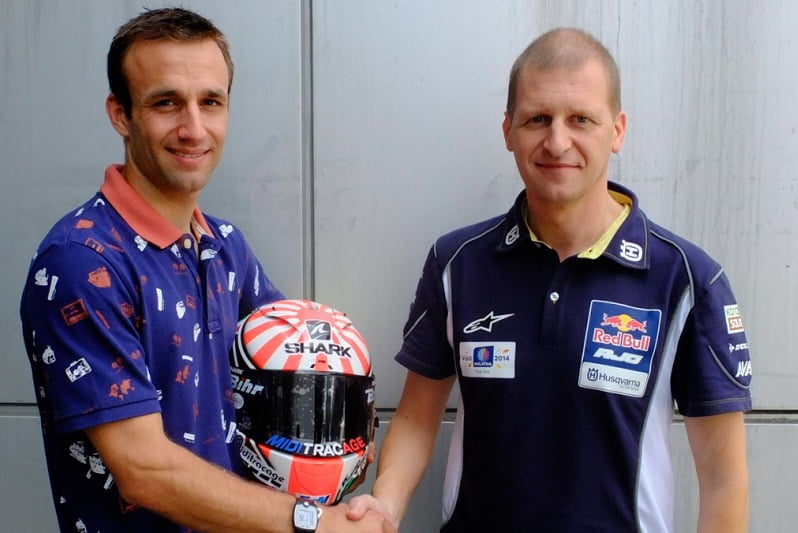
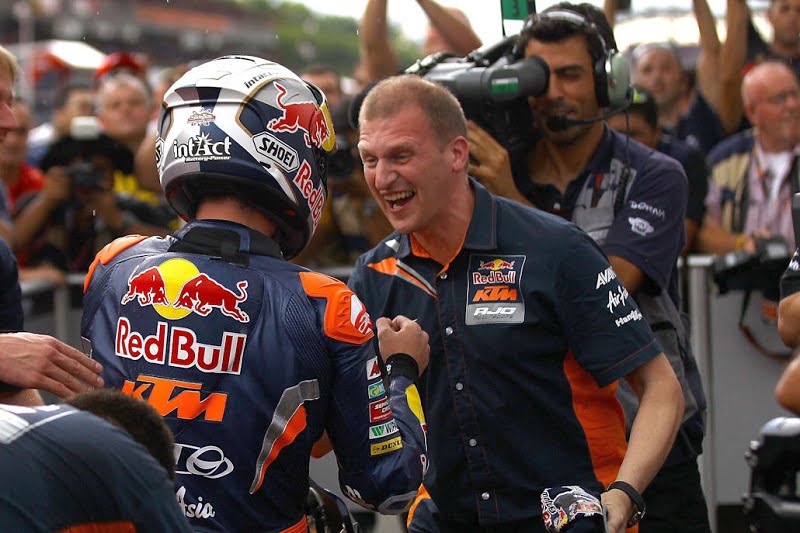
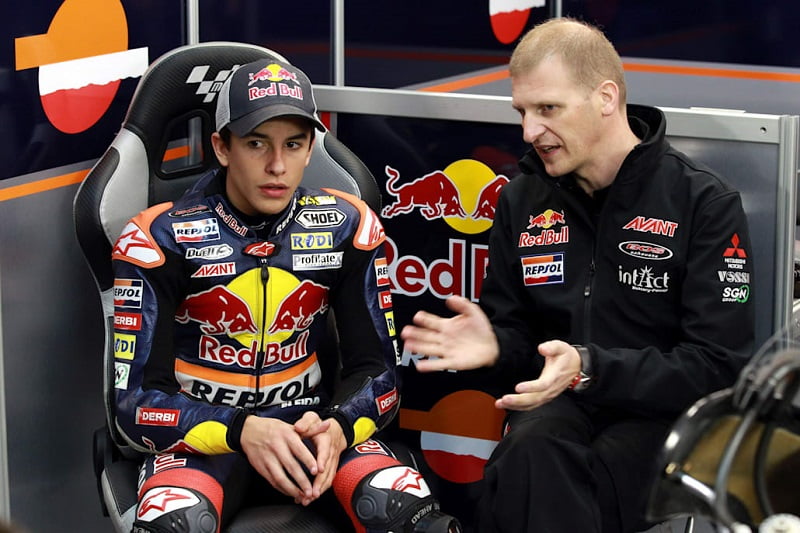
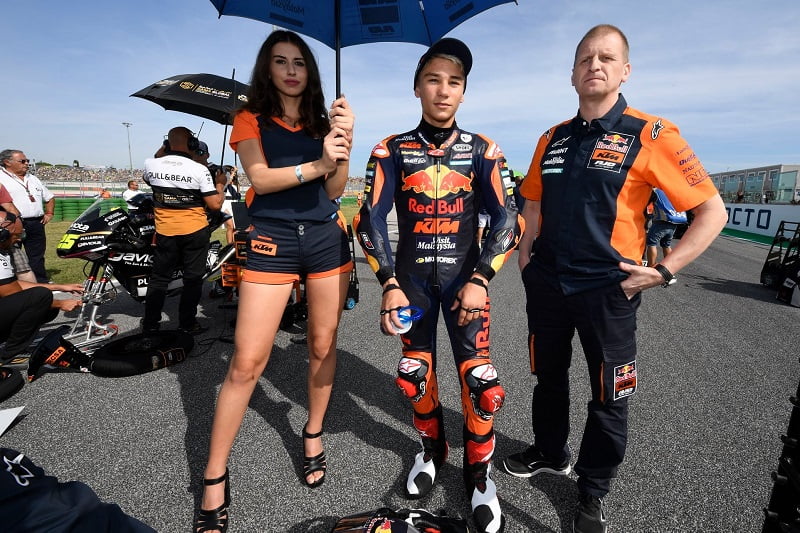
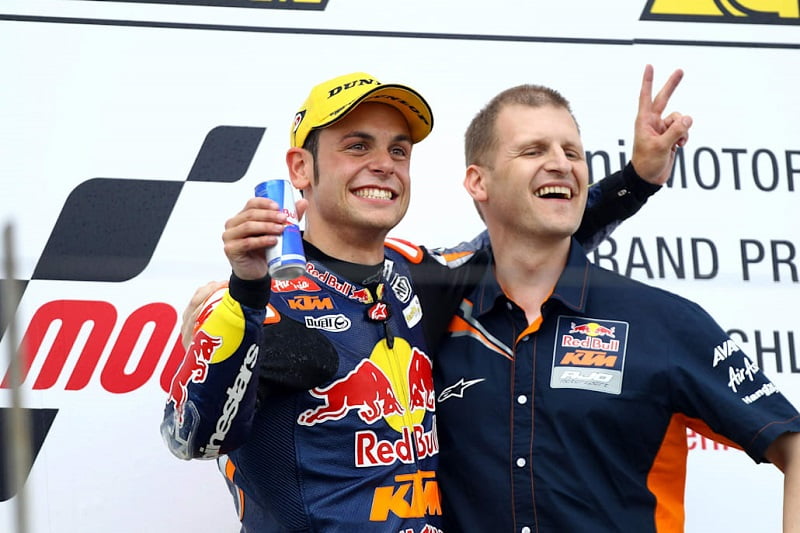
Photos © Gold and Goose and Sebas Romero for KTM, Red Bull, Motogp.com / Dorna, Ajo Motorsport
Source: Ari Pusa for Helsingin Sanomat
Translation: Irmeli Debarle


